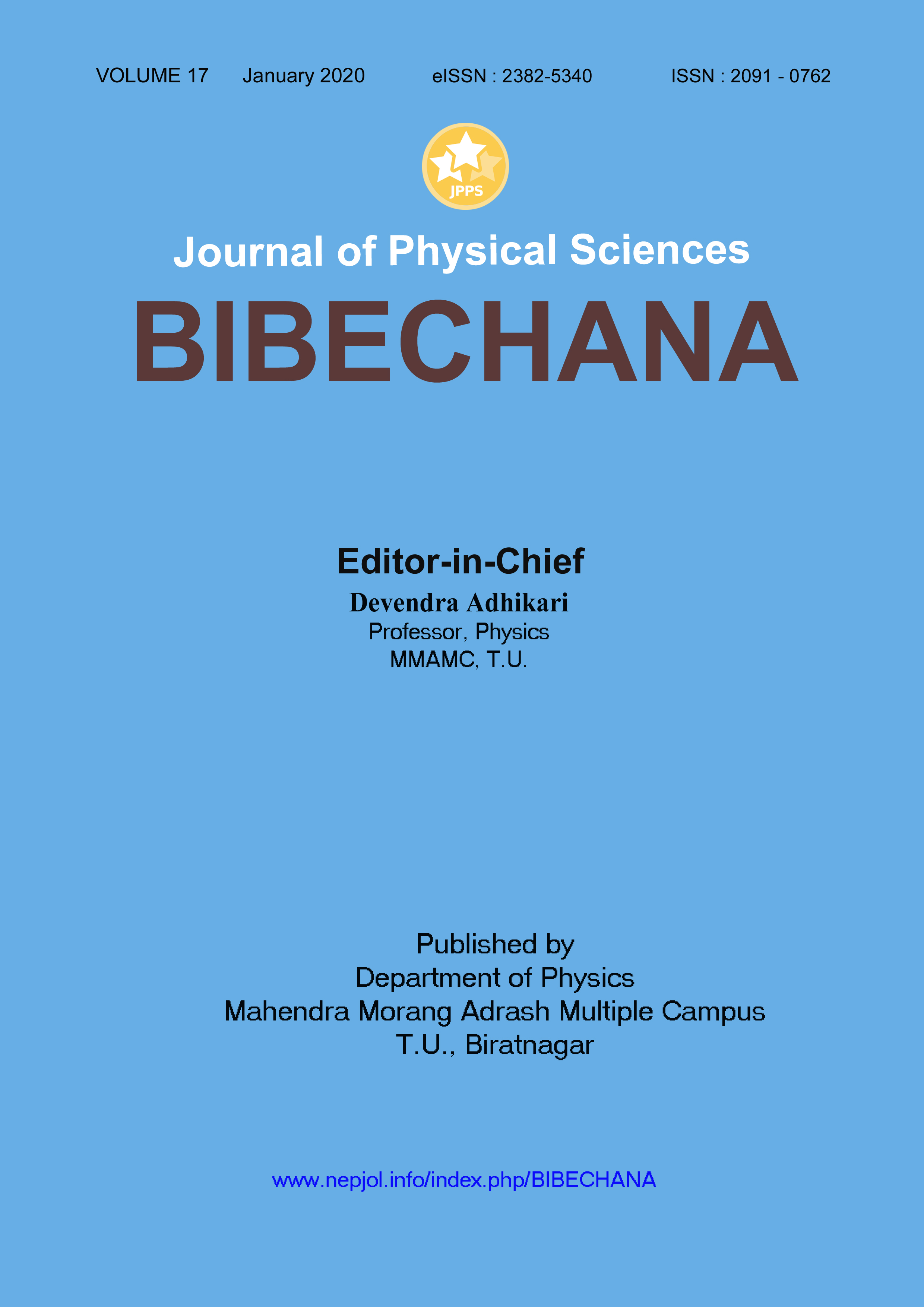Composite of lampblack and printer toner powder as a low-cost counter electrode material for dye-sensitized solar cells
DOI:
https://doi.org/10.3126/bibechana.v17i0.25598Keywords:
Carbon, Counter electrode, Dye-sensitized solar cell, Lampblack, Printer tonerAbstract
Lampblack prepared by using a traditional mustard oil lamp was mixed with printer toner in the ratio of 1:1 by weight and the composite was used as a low-cost catalyst for the reduction of tri-iodide ions in dye-sensitized solar cells (DSCs). The X-ray diffraction (XRD) of the lampblack showed that the lampblack contains a carbonaceous material of graphitic form. The adhesion test of the composite film on the counter electrode (CE) of the DSC showed that the composite film is firmly attached on the CE. The DSC with CE based on the composite of lampblack and printer toner yielded the overall light to electricity conversion efficiency of 3.20 % compared with 4.18 % efficiency of the DSC with CE based on platinum when the solar cells were tested in the simulated light of 100 mW/cm2.
BIBECHANA 17 (2020) 58-66
Downloads
Downloads
Published
How to Cite
Issue
Section
License
This license enables reusers to distribute, remix, adapt, and build upon the material in any medium or format for noncommercial purposes only, and only so long as attribution is given to the creator.




